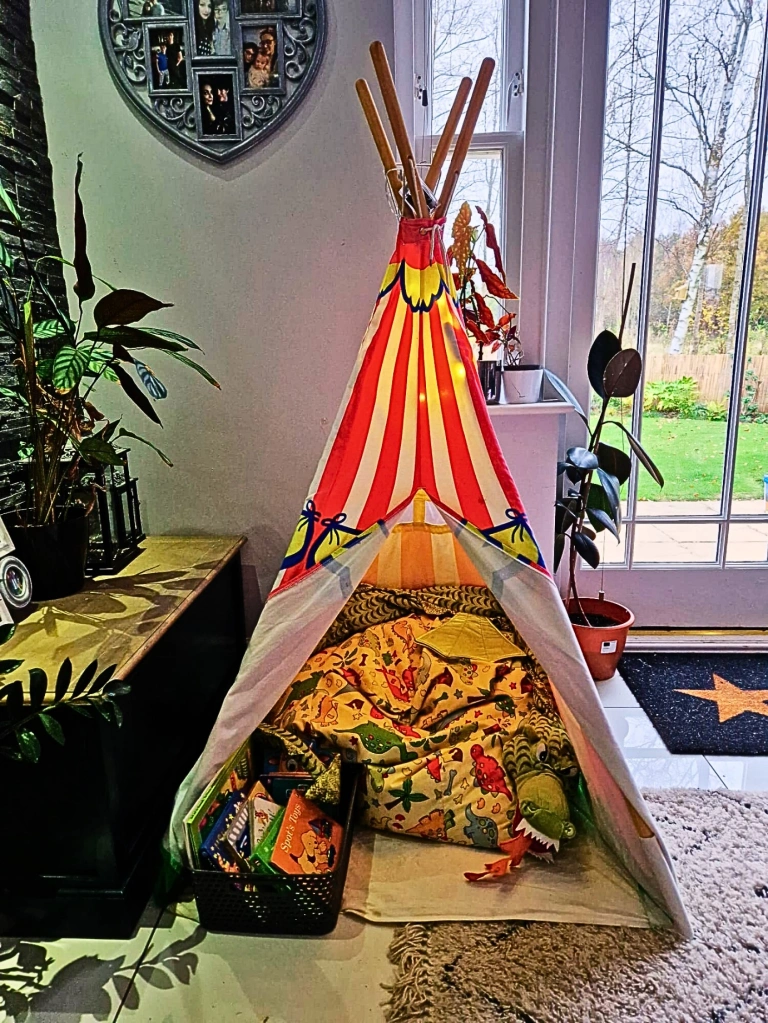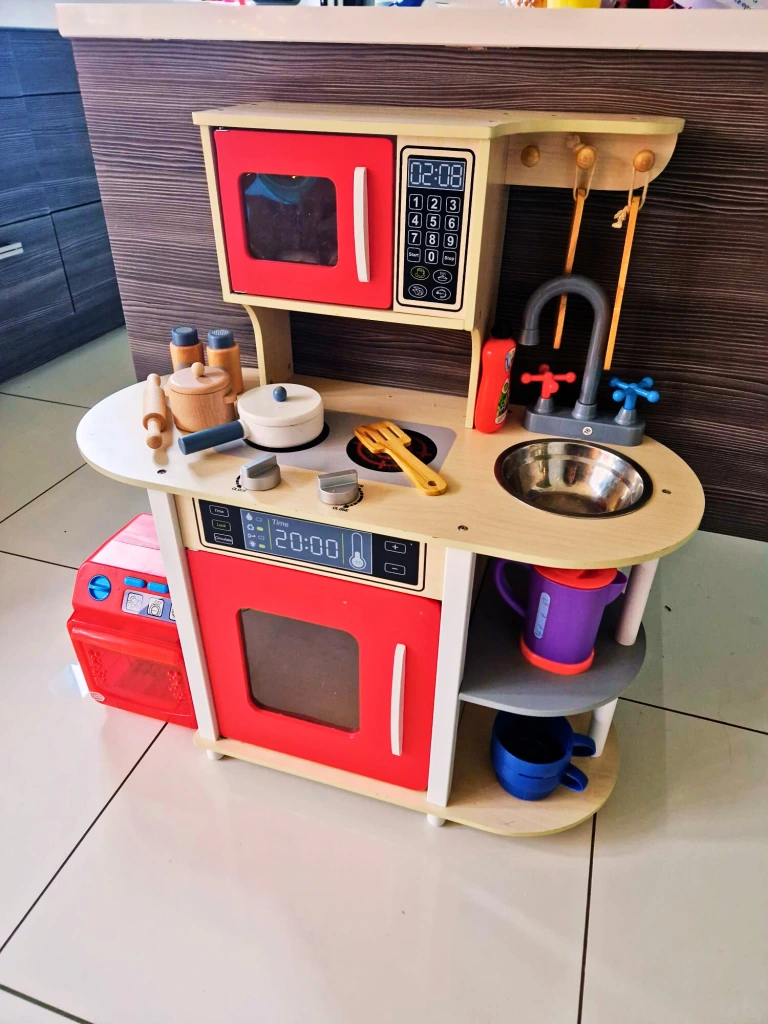- 01740 740080
- info@wynyardtinytots.co.uk
- Nurturing Little Minds, Shaping Bright Futures
Below are examples of activities children typically engage in during the day. However, activities may be adapted to accommodate individual children’s needs, weather conditions, seasonal themes, or other relevant factors. While we strive to create a homely and nurturing environment, we also aim to provide a well-rounded balance of indoor and outdoor activities to support children’s development and enjoyment.
Our operational hours are Monday to Friday, and we offer the following session options:
We prioritise flexibility and adaptability to ensure the best possible care and experience for all children in our setting.
Morning Arrivals
Children arrive and are invited to settle into an activity of their choice. During this time, I engage with parents to discuss their morning and outline the day’s plans.
Most children are deeply engaged in their chosen activities. Child-led learning forms the foundation of the EYFS framework, allowing children to explore independently while I observe and support their development. I make observations, ask questions, and facilitate activities tailored to the children’s learning needs across all seven areas of learning as defined by the EYFS curriculum: Communication and Language, Physical Development, Personal, Social and Emotional Development, Literacy, Mathematics, Understanding the World, and Expressive Arts and Design. A mid-morning snack is provided during this time.
Lunch is flexible, with younger children often ready to eat earlier. This is a time for the children to gather in the dining room, reflect on their morning, and engage in calm, social interactions over a relaxed meal.
After lunch, children enjoy story time to digest their meal. Activities such as signing nursery rhymes and engaging in ‘Dough Disco’ further support fine motor development. The afternoon continues with a similar structure to the morning, including a mid-afternoon snack, with opportunities for rest, reflection, and continued play. Younger children may also take short naps during this period.
As the day winds down, children assist with tidying and packing away activities. While they remain engaged in play, this serves as a transition period toward home time. Staggered pick-up times ensure a smooth handover, with an evening snack provided as needed.
Invitations to play are intentional setups designed to spark curiosity, creativity, and independent exploration in children. These setups are often carefully curated to be open-ended, allowing children to explore and learn in a way that is meaningful to them, rather than being directed by an adult. Here are the key features and principles of invitations to play according to the Curiosity Approach:
Invitations are thoughtfully and beautifully arranged to attract children's attention, often using natural or tactile materials.
Unlike structured activities, invitations to play are designed to provoke thought and exploration without rigid outcomes or expectations.
Children are encouraged to engage with the materials in their own way, fostering independence, critical thinking, and creativity.
These setups often draw on elements from Reggio Emilia and Montessori approaches, focusing on the child’s interests and the use of natural, sustainable, or repurposed materials.
The materials provided are versatile, allowing children to use them in a variety of ways. For example, instead of a pre-made toy, items like wooden blocks, loose parts, or natural materials such as shells or pebbles might be used.
The Curiosity Approach emphasizes creating spaces that are calming and inspired by home-like or natural aesthetics, avoiding overstimulation and plastic-heavy environments.
Homemade gingerbread playdough, combined with various loose parts and sensory elements, provides a rich, engaging experience for children. This type of play promotes communication, language development, critical thinking, and fine motor skills. By incorporating elements such as loose parts (e.g., buttons, beads, sticks), children can explore sensory textures, enhance creativity, and develop problem-solving abilities through hands-on play.
For more detailed insights on the benefits of sensory play and its impact on child development, you can refer to resources such as Early Childhood Development journals or educational websites like Scholastic.
Winter sensory play using fake snow, lollypop snowflakes, and picture cards is a great way to promote language and communication skills. Activities like these engage children in exploring textures, building vocabulary, and practicing social interactions. Using sensory play can help enhance expressive language, narrative skills, and understanding of concepts like seasons and textures.
Messy Halloween play with pumpkins and bath foam is a fantastic sensory activity that combines creativity, fun, and exploration.
How It Benefits Children:
Exploring autumnal colours, objects, and textures is an excellent way to engage children in sensory play and promote their natural curiosity.
We offer a variety of activities and play areas designed to provide children with diverse experiences. Below are some examples of the areas and activities the children will engage in on a daily basis
The crafting area is a dedicated space where children can explore their artistic side through a variety of hands-on activities, including drawing, painting, and creating unique crafts. This inviting and organized environment inspires creativity while promoting the development of fine motor skills and self-expression.
The play area is a thoughtfully designed space equipped with a variety of educational wooden toys and opportunities for physical activity, fostering both cognitive development and gross motor skills.
Features of the Play Area:

Learning Benefits:
The quiet area provides a calm, cozy environment where children can unwind, engage in reflective activities, and foster a love for reading.
Features of the Quiet Area:
Learning Benefits:
Usage Guidelines:
This space is designed to balance active learning with moments of tranquillity, supporting children’s overall well-being.

The dress-up area is designed to encourage children to explore their imagination, build social skills, and express themselves through role-play activities.
Features of the Dress-Up Area:
Learning Benefits:
Usage Guidelines:
This vibrant space nurtures a child’s sense of wonder and provides endless opportunities for exploration and self-expression.

The home corner is a valuable area that supports both individual and cooperative play, helping to nurture children’s social and emotional development. It provides a space where children can engage in imaginative play, role-playing, and cooperative activities that mimic real-life scenarios, which are essential for developing interpersonal skills, empathy, and emotional understanding.
Key Benefits of the Home Corner:
Guidance for the Home Corner:
For more detailed information on the benefits of home corners in early childhood education, check out resources such as Early Childhood Education Journals or websites like Teach Early Years.

These activities not only encourage sensory exploration but also promote cognitive skills like pattern recognition, fine motor development, and problem-solving through play.
These activities not only provide fun and engaging experiences but also help develop key educational skills aligned with early learning goals

Don’t miss our future updates! Get Subscribed Today!
©2024. Wynyard Tiny Tots. All Rights Reserved.